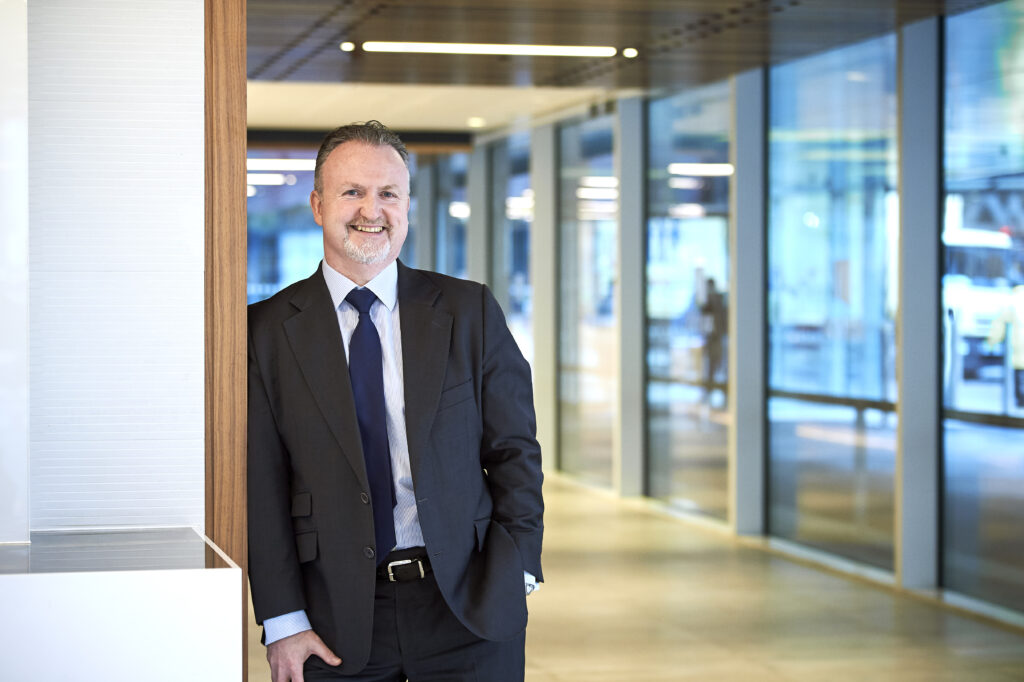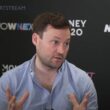Sibos 2023: How data enables the paradigm shift to accelerated settlements
The financial industry is constantly in pursuit of something faster, more instantaneous and capable of delivering a swift and streamlined route from A to B. This is certainly true within the realms of payment technology, as seen through innovation in the likes of contactless transactions and open banking. And now the need for speed is gaining pace among players in trade settlement.
Although on the surface there would be nothing to suggest that trade settlement, the transactional process of moving securities, namely stocks, bonds, ETFs and other financial assets between a buyer and seller in exchange for cash, should differ in speed to any other type of transaction, the reality is, for now, begrudgingly slow.
This is because settlements require the completion of a series of steps to be properly completed. This includes verifying the funds from the buyer and the securities from the seller, while clearing is typically facilitated by a third-party intermediary.
This necessity is what divides settlements between a transaction date (T) and a settlement date (+N), in that a typical two-day settlement would be labelled as T+2.
While this process has ensured the integrity and security of settlements, its slowness has failed to go unnoticed by the industry’s agenda for acceleration.
Picking up the pace
Chief among the regulators vying for faster settlement times is the US Securities and Exchange Commission (SEC), which announced new rules in February of this year, effective of 28 May 2024, that would shorten the current T+2 settlement cycle for broker-dealer transactions to T+1.
Following the same trend, Canada confirmed its plan to migrate to T+1 settlements in the same timeframe to better align itself with its neighbour, while the UK deployed its Accelerated Settlement Taskforce in December 2022 to explore how it too could tap faster settlements.
Some markets however, like that of South Africa, already have T+0 settlement capabilities in place, which creates further disparities in instances of cross-border settlements.
With a litany of regulatory evolutions and a US compliance deadline on the horizon, it’s essential that global markets instate and standardise their settlement capabilities.
The way forward
One such firm that is paving the way for accelerated settlements is SmartStream. Backed by four decades of experience in innovation, the company envisions a future beyond the realms of T+1, where settlements are completed the same day as the transaction is ordered, in the ultimate outcome of T+0.

Vincent Kilcoyne, SmartStream: “We know how to coexist with the existing technologies to liberate the T+0 potential from the organisation and from the technologies.”
“We take data and we turn it into quality information that drives confident decision making and confident actions,” explains Vincent Kilcoyne, SmartStream’s EVP of product management.
While the implementation of T+0 settlements would adhere to the demand for speed in post-trade settlements, it remains on the edges of markets’ peripheral vision for now. And this in itself raises the question: why doesn’t the global industry pursue T+0 now?
For Kilcoyne, who has three decades of industry experience in leading and advising financial and technology organisations, this is because “T+1 is a waypoint to T+0”.
He describes the transition from T+1 to T+0 as a “two-phase shift”, in that it requires the same kind of technology but a different operational ecosystem.
“If you’ve already made the leap to T+0 and you move your operations to T+1, you can then move your operations to T+0 because your technology is already there waiting for you. So it kind of becomes a roadmap,” he explains, emphasising that it “has to be done operationally”.
“It could be done one step technologically to move to T+0 with an intervening step of T+1. But operationally it needs to be done in two steps, because you’ve got to change the operational ecosystem and the habitat.”
When settlements meet quality data
Data remains integral to how this habitat can be changed, and it’s the quality of the data that’ll determine how quickly that change can happen. Settlement speed remains dependent on the efficient transmission and communication of good quality data.
“If you do not have the good data, you will never have the quality information. You will never have the confident decisions and you will most definitely never have the confident actions,” Kilcoyne says. “And this is where the ecosystem falls down.”
Yet even with access to the best data, efforts to abide by accelerated settlement requirements would be in vain if not reinforced by the power of technology.
Fintech is playing an increasingly central role in broker-dealers’ automation of their decision-making processes. For example, the SEC’s amendments to rule 15c6-1 under the Securities Exchange Act (1934) require broker-dealers, including small entities, to “make changes to their business practices, as well as to their computer systems, and/or to deploy new technology solutions”.
These requirements won’t be met easily by all, especially for larger institutions sporting hard-coded systems a decade or two old. However, as Kilcoyne discusses, it will encourage the eventual arrival of the even faster T+0 settlement capability.
Counting down to T+0
“When you come to making a fundamental change, you can do one of two things: replace the existing systems or put in place technologies that are actually able to liberate the data from those systems,” recommends Kilcoyne.
“Take the data out, and now all of a sudden, you’ll have a high-quality data that you can turn into information, decisions and actions.”
“It’s not something that an organisation can solve as on its own,” he adds. “It needs to be solved by all market participants because you can only run at the speed of the slowest participant. The beautiful thing is that SmartStream is actually working with all the participants in the information supply chain.”
SmartStream provides transaction management solutions with a focus on leveraging advanced technologies including AI and machine learning. The company’s solutions have been adopted by the world’s leading banks, capital markets, buy-side firms and corporations, which are among its established customer base.
“We’ve implemented and helped organisations achieve T+0, technologically and operationally, so we’re familiar with a paradigm shift,” Kilcoyne adds. “We know how to coexist with the existing technologies to liberate the T+0 potential from the organisation and from the technologies. That’s what we do.”
Sponsored by SmartStream











































